Do you have poisonous plants at home? Every year thousands of dogs and cats are poisoned from digesting or tasting plants that are poisonous to their systems. Poisonous plants for dogs are not always the same as plants that are poisonous for cats. There are comprehensive lists of safe and unsafe plants as well as lists of symptoms to be aware of. Those will be referred to and linked to in this article.
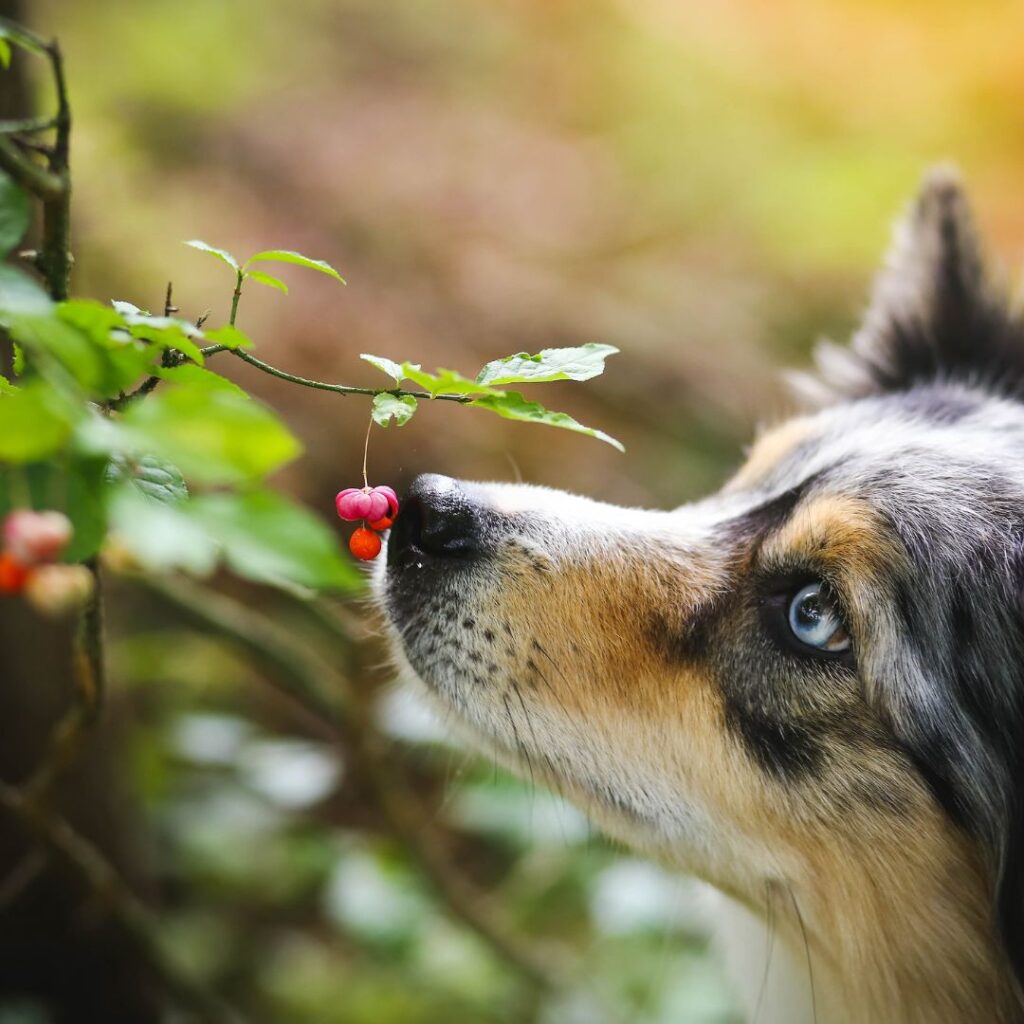
How do plants poison pets?
Plants produce toxins that can harm or even kill pets. These toxins can be found in the leaves, flowers, stems, and fruit of the plant. The amount of toxin a pet consumes will depend on the species of plant, how much of the plant is consumed, and how sensitive the animal is to the toxin.
What are some signs of plant poisoning in pets?
Pets that ingest poisonous plants can experience a variety of symptoms, depending on the type of plant. The severity of the poisoning will also depend on factors such as the size and health history of the pet. However, many pets that receive treatment early enough can survive.
If you see any of these symptoms in your dog or cat, seek help immediately from your vet or call poison control:
- seizures or fits
- gastrointestinal problems / abdominal pain,
- difficulty breathing
- vomiting
- excessive drooling
- lethargy
- changes in behavior
Be sure to check both indoor and outdoor plants for toxins!
If you cat or dog ingests any of these plants, consult with your vet immediately.
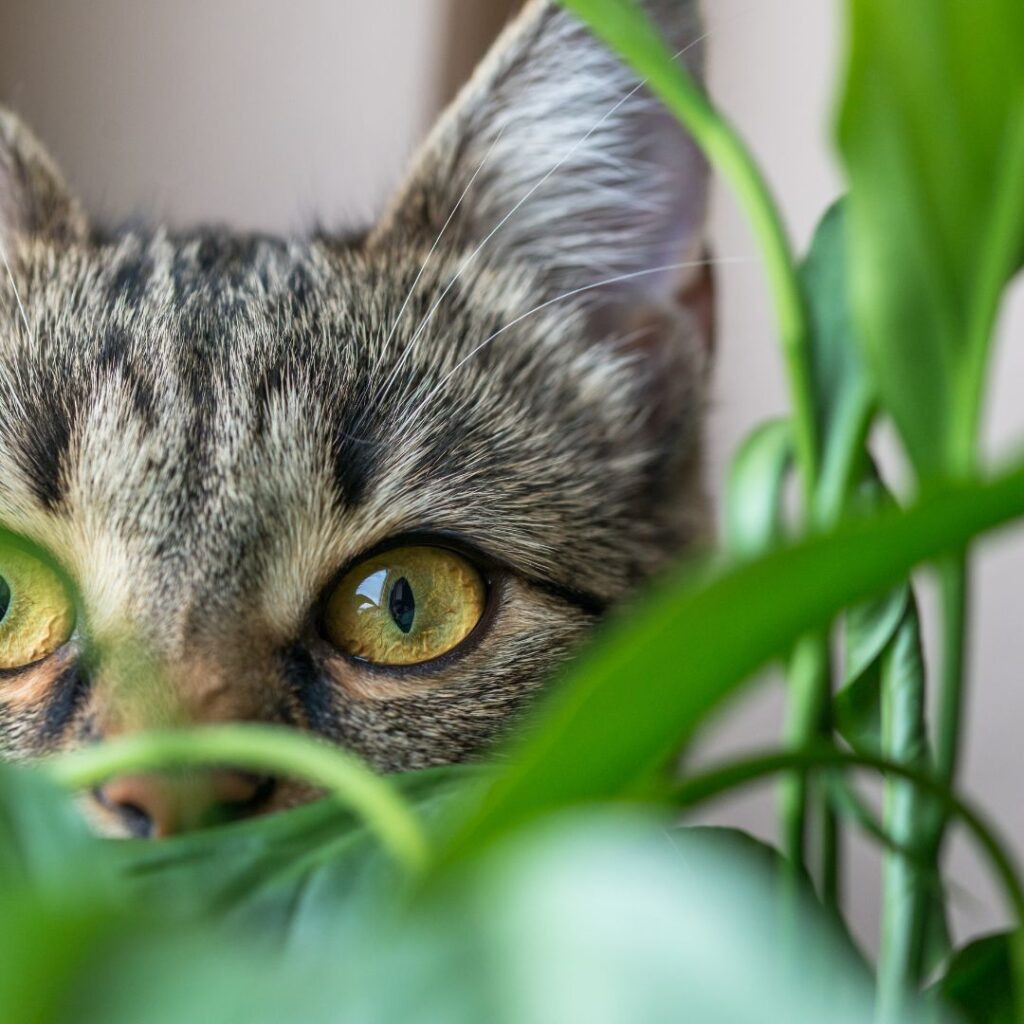
How do you know if your pet has been poisoned by a plant?
If you think that your pet has been poisoned by a plant, the first thing you should do is remove them from the vicinity of the suspected poisonous plant. Once they are out of danger, take a look at our newsletter which lists the most poisonous plants. There are many safe varieties of some plant species, but not for all.
If you know your dog has eaten a poisonous flower or plant, make sure they’re breathing and acting normally. If they’re not responding to your voice or exhibiting strange behavior, it’s time to call a veterinarian or animal poison control center immediately. Depending on how severe the poisoning is, your pet may need to be seen by a veterinarian and could potentially die from ingesting the wrong plant.
How can you prevent your pet from being poisoned by plants?
There are a few things you can do to help prevent your pet from being poisoned by plants.
- First, be aware of which are poisonous plants and keep them out of reach.
- Second, if you see your pet eat any part of a plant, call your veterinarian immediately.
- Third, always have the number for the ASPCA Animal Poison Control Center handy in case of an emergency.
- And finally, make sure that you contact your regular vet in case of an emergency.
What are the most common plants that poison pets?
There are many types of plants that can poison pets, but the most common poisonous plants are:
- Aloe
- Amaryllis
- Azalea
- Baby’s Breath
- Begonia
- Chrysanthemum
- Daffodil
- Gladiola
- Holly (certain types/ check linked list)
- Ivy
- Lilies
- Oleander
- Rhododendron
- Sago Palm
- Tomato Plants (green parts)
- Tulip
This is a limited list of the very common plants. For an extensive list of toxic and poisonous plants for Dogs, check this article. For a more extensive list of plants that are toxic for cats check this article.
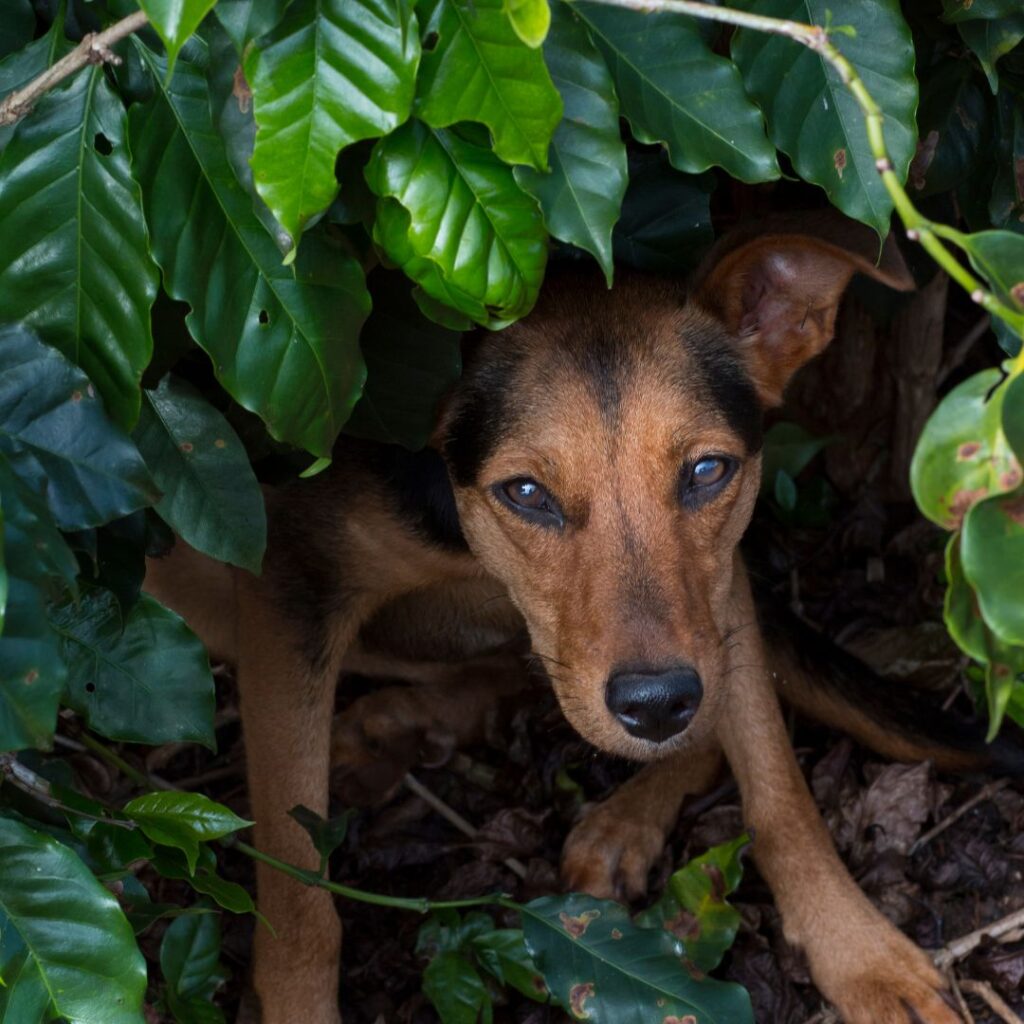
What are the most dangerous plants that poison pets?
There are a number of plants that can poison pets, and some are more dangerous than others., even a small exposure. Some of the most poisonous plants.
These plants often have dangerous toxins that can cause a range of symptoms in animals, including seizures, agitation, and tremors for neurological problems; vomiting and drooling for gastrointestinal issues; diarrhea for animals with digestive issues.
- Castor bean
- Cyclamen
- Dumbcane
- English Ivy, leaves, and berries
- Hemlock
- Jimsonweed
- Mistletoe
- Oleander
- Yew
These plants often have dangerous toxins that can cause a range of symptoms in animals, including more severe signs such as seizures, agitation, and tremors for neurological problems; vomiting and drooling; gastrointestinal issues; diarrhea for animals with digestive issues.
- Castor bean
- Cyclamen
- Dumbcane
- English Ivy, leaves, and berries
- Hemlock
- Jimsonweed
- Mistletoe
- Oleander
- Yew
It’s important to be aware of these dangers and keep any poisonous plants away from your pet’s reach. Most cases of plant poisoning occur in and around our homes, so it’s important to be vigilant when bringing new plants into the house and your garden.
Monitoring your pet while outdoors is always the best practice. Keeping plants in higher, harder to get to places can be used as a deterrent, but be aware of the dangers and weigh out your choices with great caution.
Avoid Fermented, Molded Vegetation
Some food molds release mycotoxins which cause serious or life-threatening problems in dogs (mycotoxicosis): muscle tremors and convulsions that can last for several weeks and result in death if untreated. You can read more on this here.
Avoid giving your dog any moldy food including grapes and raisins. Within 12 hours of eating grapes or raisins, dogs can experience vomiting, diarrhea, or sluggishness. As time passes with grape exposure, increased sluggishness can occur followed by decreased urination and dehydration which leads to long-term kidney failure and death from kidney failure in 3-4 days.

Symptoms of Macadamia nut poisoning can last up to 48 hours. The yeast in uncooked bread dough can thrive and lead to intoxication, vomiting, and even death. Hops used for brewing beer are also dangerous when consumed by dogs; if your dog shows signs of poisoning, seek veterinary care immediately. Even a small amount of alcohol can be dangerous to pets; seek help if you think your pet might have been exposed to it. Ethanol is fermented from starchy plants, a moldy potato for instance. Be aware of moldy, fermented vegetation to avoid ethanol poisoning in your pet. Pets can be poisoned by a wide range of substances but some are more common than others.
The ASPCA provides information about which plants are most dangerous to pets’ health.

What should you do if you think your pet has been poisoned by a plant?
If you think your pet has ingested plant matter, call Pet Poison Helpline or your veterinarian immediately. People should follow these steps if they think their pet may have ingested a potentially poisonous plant
Call Pet Poison Helpline or veterinarian. Also, take photos of the plant to help identify the plant.
Treatment can be started before your pet becomes too ill. Pet Poison Helpline for assistance around the clock. (888) 426-4435
How can you treat plant poisoning in pets?
If possible, bring a sample of the plant with you to the vet
Remember that taking too long to get medical help can be tragic for your pet. Don’t hesitate to call if you think they might have eaten something poisonous!
Plant poisoning in pets can be a sign that the animal needs more stimulation. If your pet chews on plants it’s usually because they’re bored or there could other issues going on.

Boredom is one of the main reasons why dogs chew on things–they need something to keep their minds occupied! You can try providing your pets with plenty of toys. Activities will also keep them amused without leaving them to their own devices.
The symptoms of plant poisoning in pets mimic the symptoms of other medical conditions. This makes it can be difficult to determine if they’re suffering from a plant-related illness or something else. That’s why it’s important to monitor your pets closely and consult with a veterinarian if you suspect that plant poisoning is the cause of their illness.
Are there any non-toxic plants for pet-friendly homes?
There are many plants that are safe for pets. There are and there are variations of plants, allowing you and your pet to live safely and with the beauty of plants around you.
- African Violet
- Baby Tears
- Birds Nest Fern
- Boston Fern
- Bromeliad
- Date Palm
- Friendship Plant
- Gloxinia
- Orchid
- Parlor Palm
- Peperomia
- Polka Dot Plant
- Ponytail Palm
- Prayer Plant
- Rattlesnake Plant
- Spider Plant
- Venus Flytrap

Do Herb plants contain any toxic substances?
Many herb plants are safe in smaller amounts with pets, if your cat or dog eats only a small amount it is safe. Below is a partial list by dog or cat. Some are the same, but not all.
Some safe and common herb choices for Dogs are:
- Basil
- Cilantro
- Dill – small amount
- Lavender – small amount
- Parsley
- Rosemary – small amount
- Sage
- Thyme

Non-safe herbs for Dogs are:
- Bay Leaf
- Borage
- Cannabis sativa
- Chamomile
- Chives
- Cocoa
- Garlic small quantities are ok
- Green Onions / Scallions
- Lemon Grass
- Lemon Verbena
- Mace
- Marjoram
- Mint in small to medium quantities ok
- Oregano
- Sorrel
- Tarragon
Safe Choices for Herbs for Cats are:
- Basil
- Catnip small amounts ok
- Cilantro
- Dandelion
- Dill small amounts ok
- Parsley small amounts ok
- Rosemary
- Sage
- Thyme
- Valerian Root
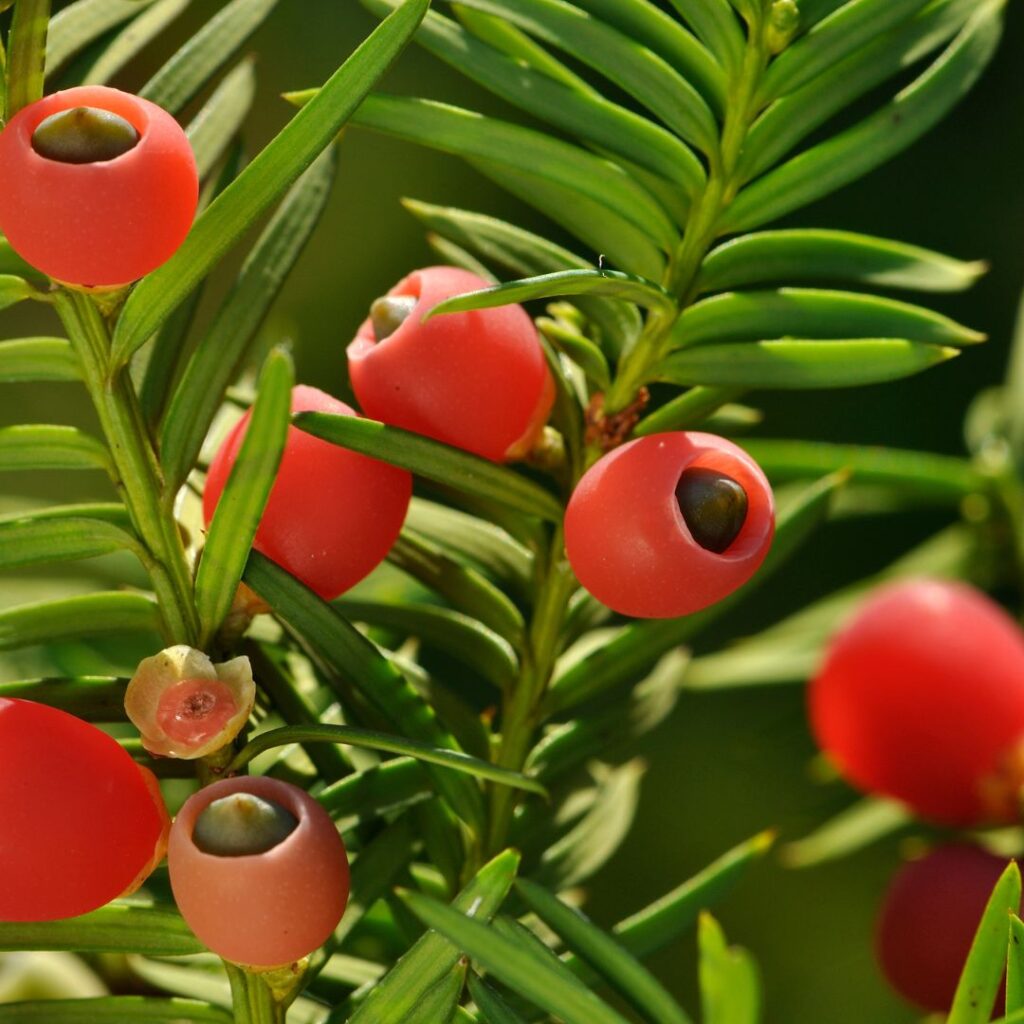
Non-Safe herb choices for cats are:
- Bay Leaf
- Borage
- Cannabis
- Chamomile
- Chives
- Green Onion / Scallions
- Cocoa
- Lavender in large amounts is unsafe
- Lemon Grass
- Lemon Verbena
- Marjoram
- Mint large amount is unsafe
- Oregano
- Sorrel
- Tarragon
Important to note this herb rising in popularity
With the more common legal planting of cannabis plants in the US, this bears mentioning. Marijuana plants can be very poisonous plants for dogs and cats. Ingestion can cause problems with the nervous system, and upset the coordination in pets making it unsafe for them to walk, eat, etc. Also noted are excessive drooling, changes in heart rate, vomiting, diarrhea, and seizures.
Please use the same care with your pets around cannabis plants as you do with other plants that are toxic in your home and garden areas.
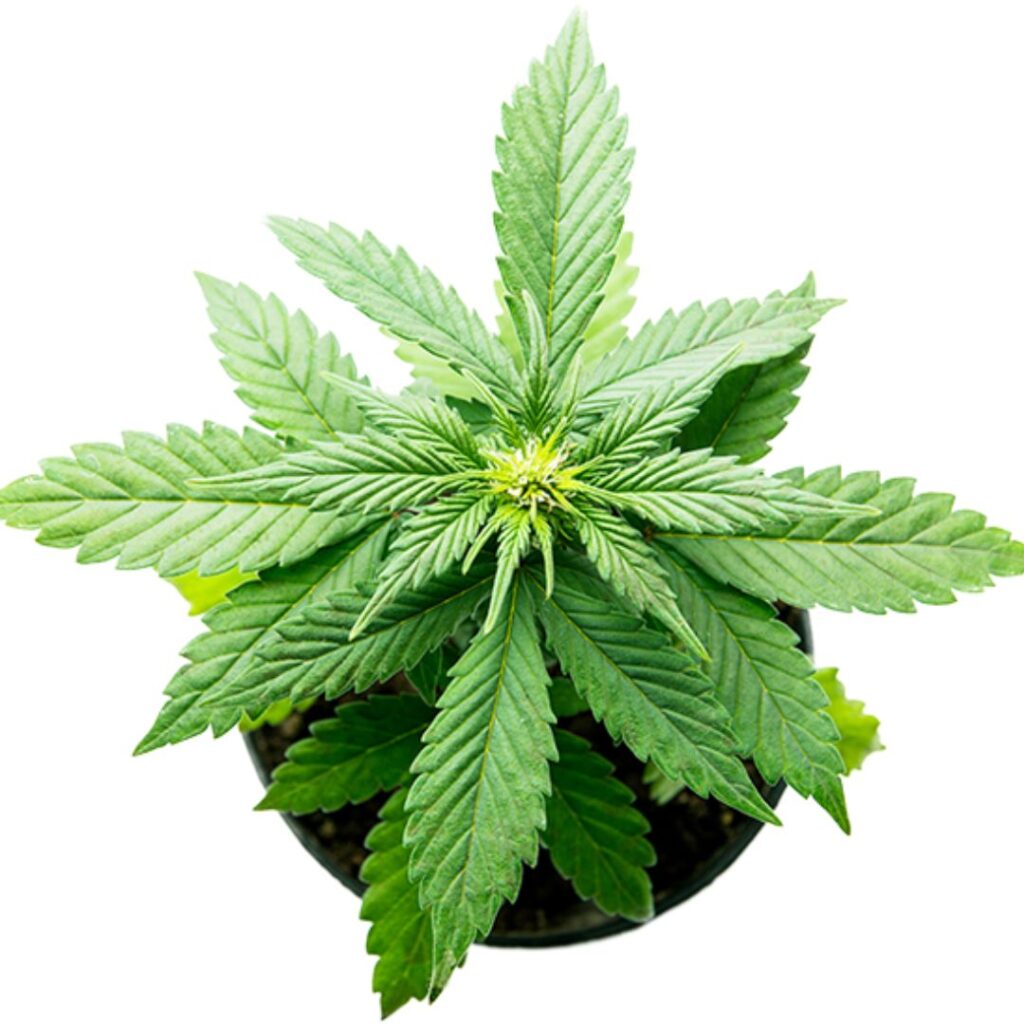
Reduce the risk of mosquito-borne illnesses by attracting birds that devour these insects, read more here.
Final Thoughts and Resources
We’ve covered many of the poisonous plants for dogs as well as for cats, and the signs and symptoms to be wary of. While not every plant is dangerous to your family pet, there are enough to start educating yourself on these. Keep resources like poison control phone numbers and websites at your fingertips in case of an emergency, even if it’s a false alarm. Small changes in symptoms can change into critical decisions quickly.
Being prepared and educated is always the best practice in life, and our unpredictable pets are no exception. As a parting note we’ll leave you with these comprehensive resources for poison control for your pet:
APCC 24-hour emergency poison hotline at 1-888-426-4435
ASPCC.ORG
ASPCC Comprehensive Plant Listings for Dogs, Cats, and Horses
note: Installing Google Lens App on your phone is a useful resource to identify plant type.


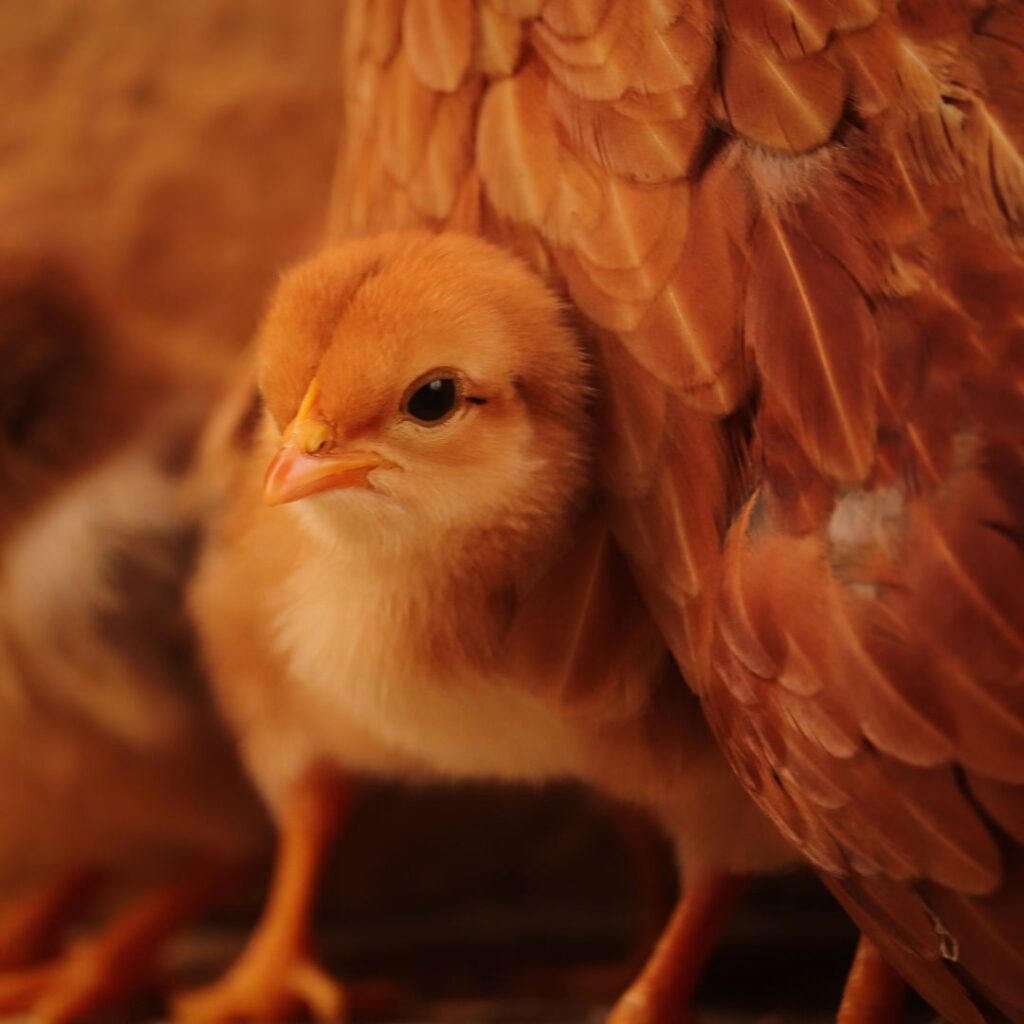
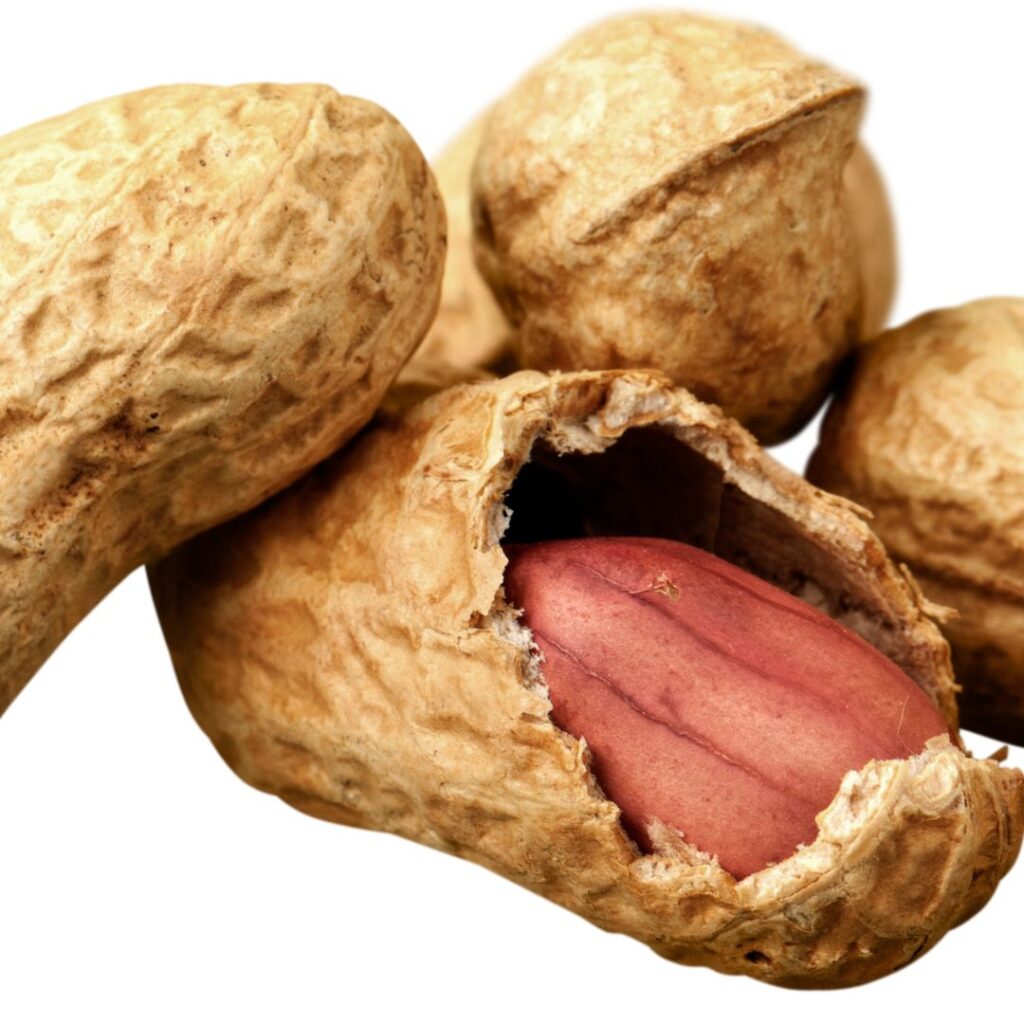
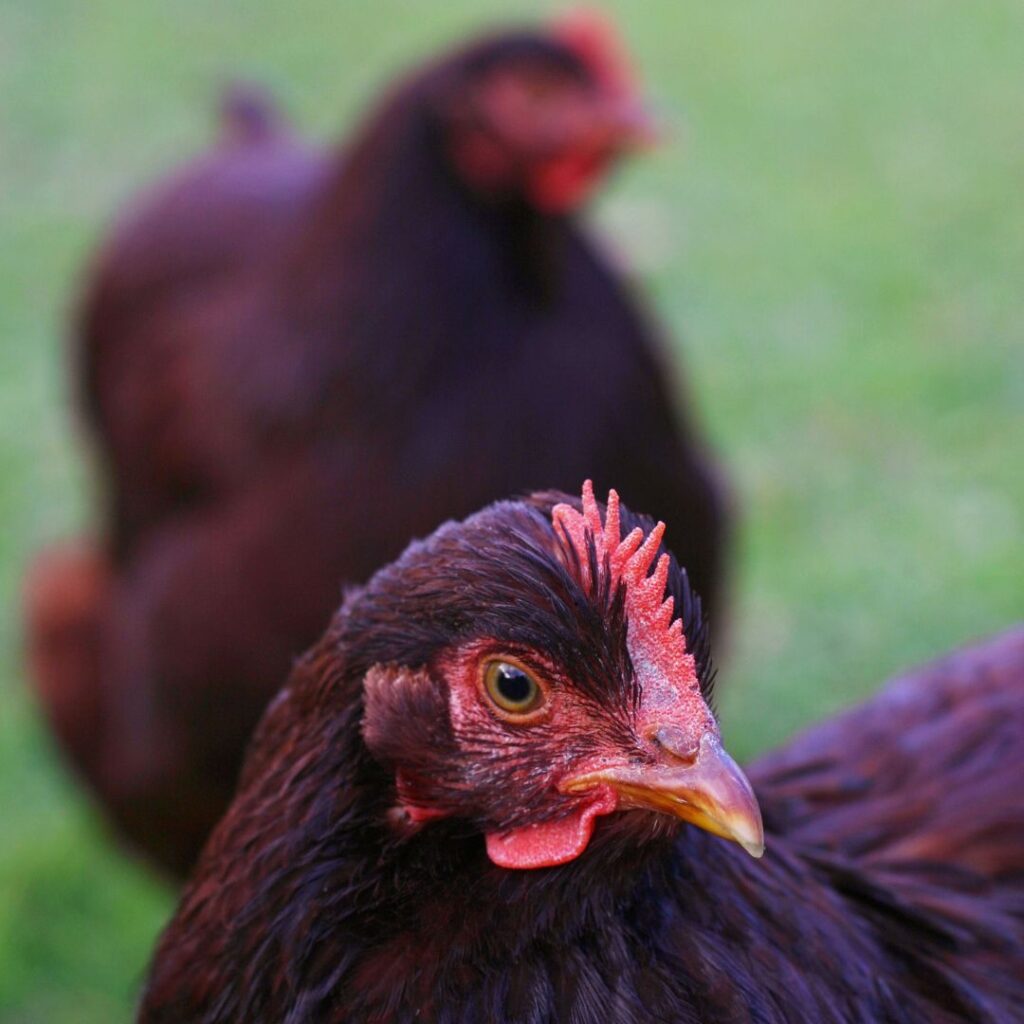
Pingback: The 6 Best Grasses That Are Dog Friendly - Gilmore's
Pingback: How To Attract Hummingbirds To Your Yard in 2022 - Gilmore's